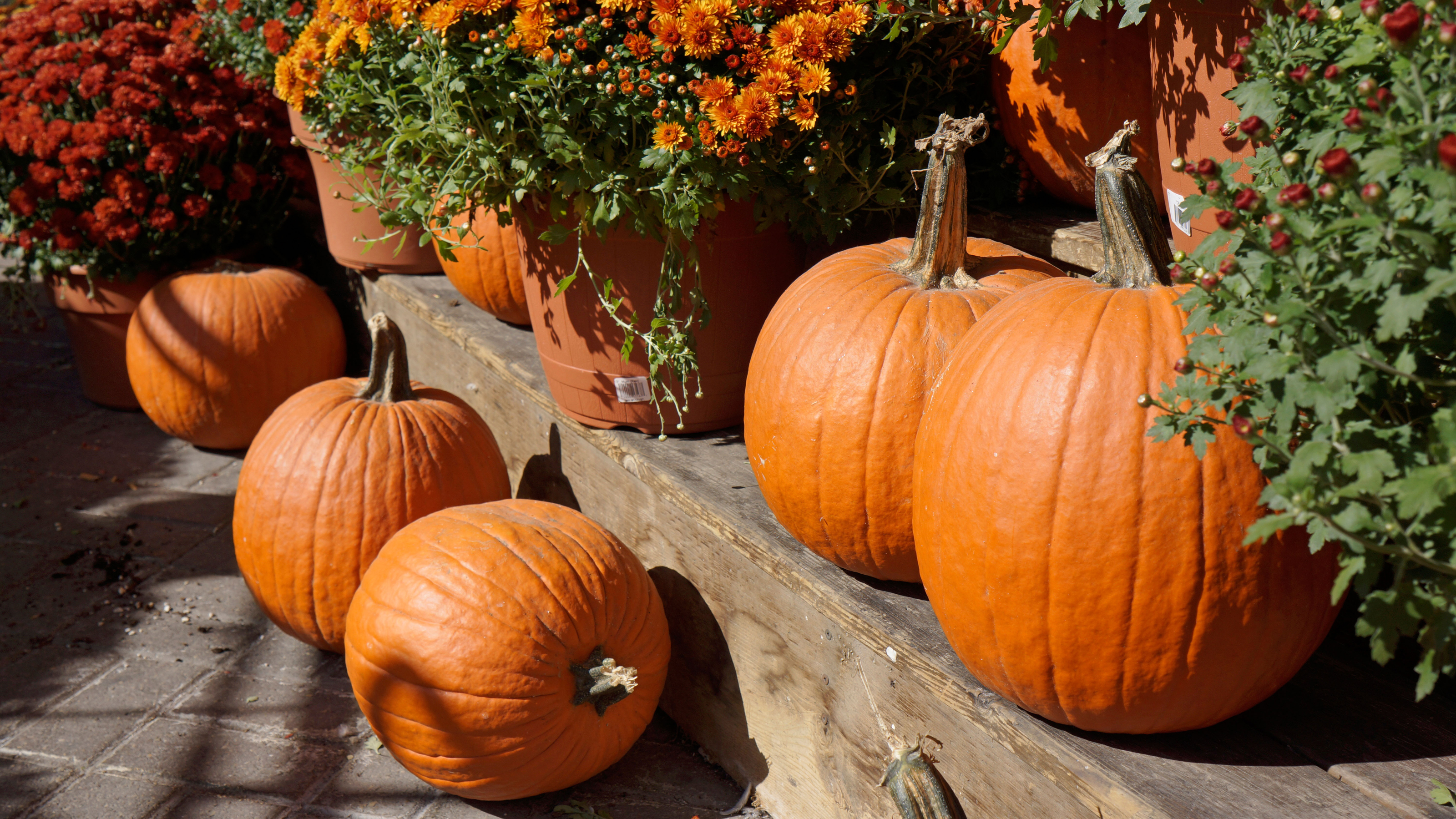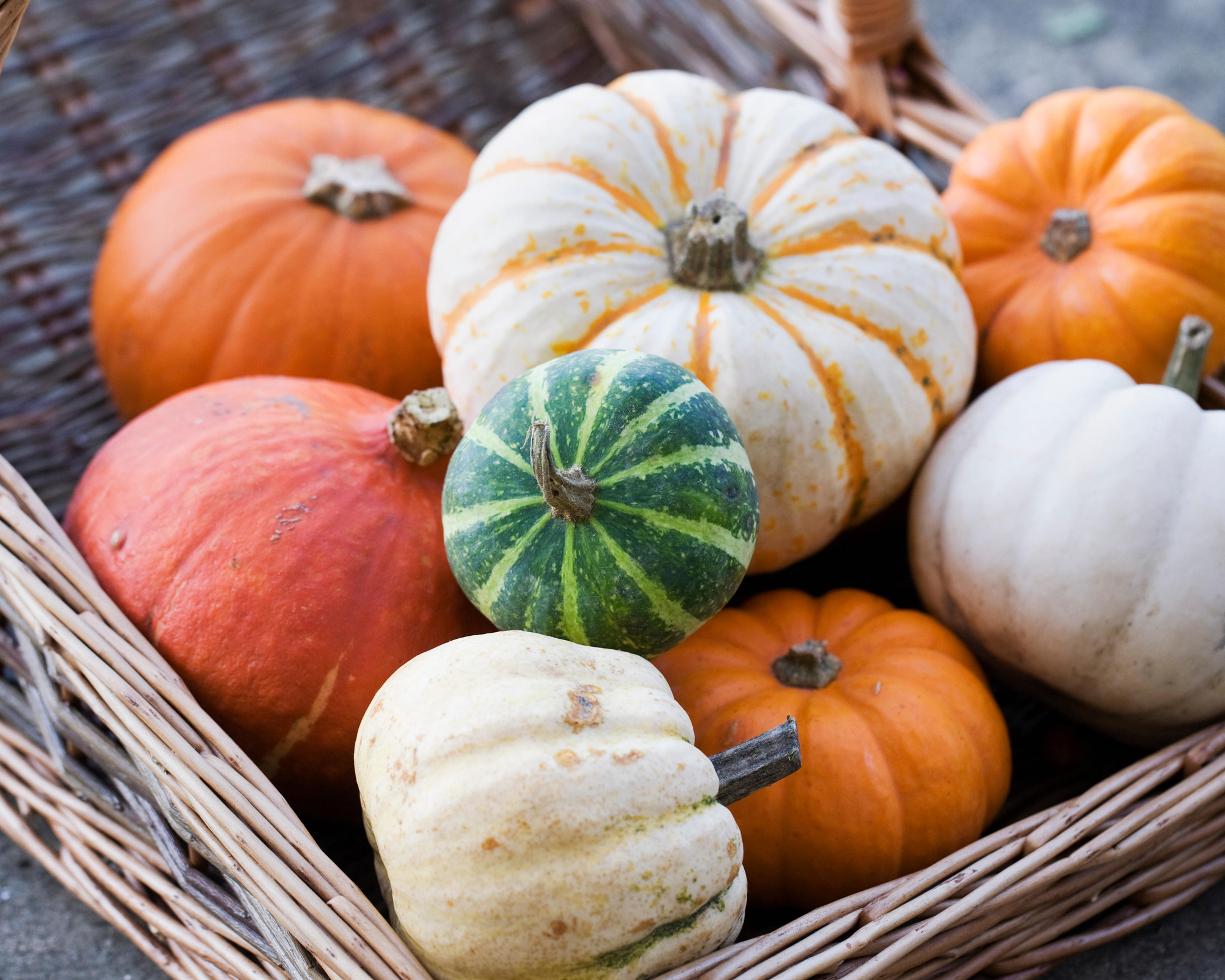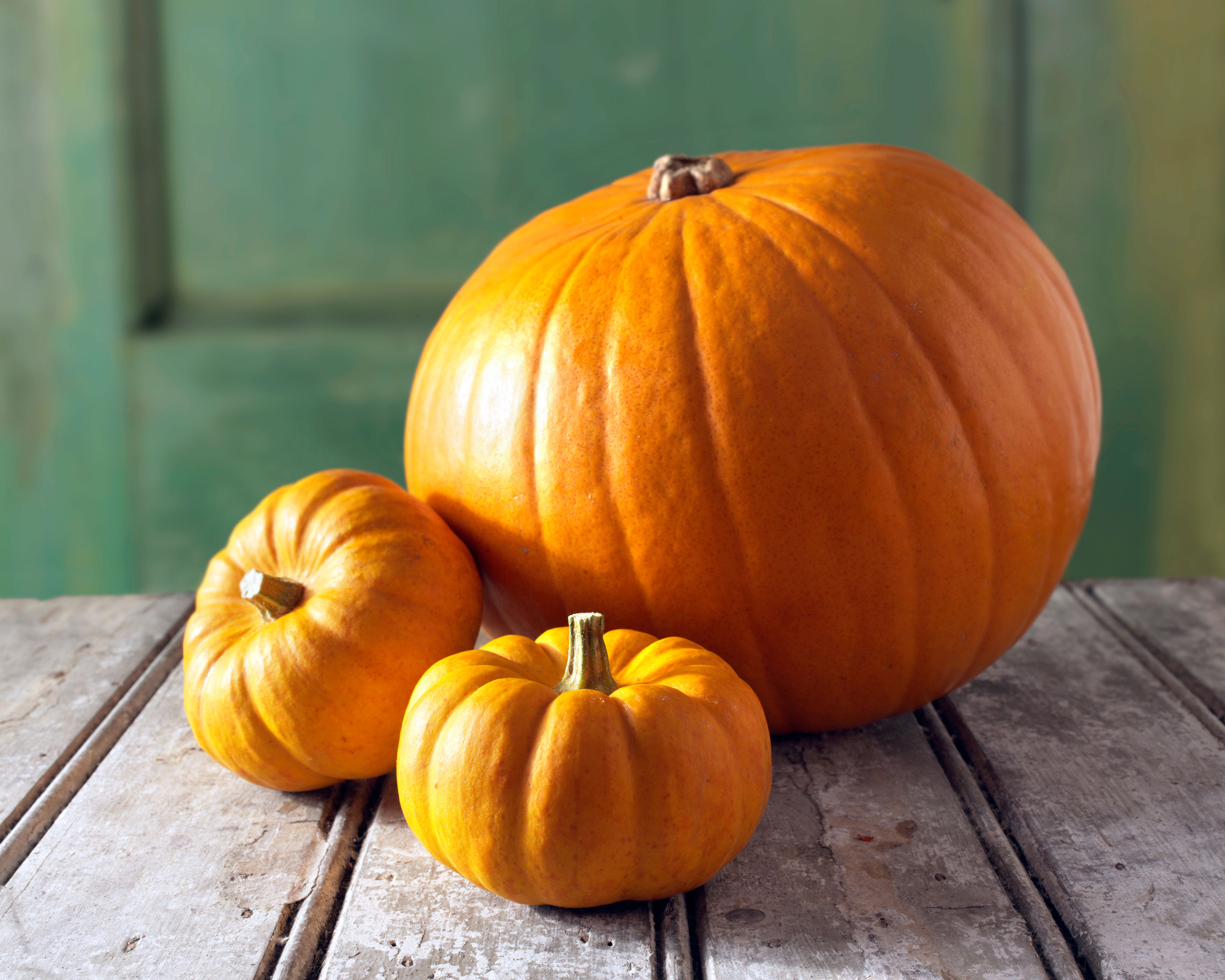Using leftover pumpkin as fertilizer –expert tips
Everything you need to know about using leftover pumpkin as fertilizer


Is using pumpkins as fertilizer in your garden a good idea? If you've gone all out on decorating with pumpkins this fall, you may be wondering what you'll be doing with all those pumpkins once the festivities are over. If you're a pumpkin grower and have had a good crop, you may simply have too many of them to use for cooking or decorating.
Whether pumpkins were part of your Halloween decorating ideas, you've made a pumpkin planter as part of your Thanksgiving decorating ideas, or you simply like them in your pumpkin pie, here's what you need to know about using them as fertilizer.

Can I use leftover pumpkins as fertilizer in my garden?
The good news is that yes, you can use pumpkin as fertilizer in you backyard. Emily Fernandes, a small-space gardener from California and consultant at HouseGrail, says that 'like other rotting vegetables, fruits, and other things you throw in your compost pile, Pumpkins are full of different things that help fertilize your garden plus help you save money.'
Tammy Sons of Tn Nursery, who has over 30 years' experience in horticulture, including growing many thousands of pumpkins, also praises leftover pumpkins as 'great organic methods of fertilizing those spring blooming garden plants, roses, and other softwood plants. They are packed full of vitamin A, fiber, beta carotene, and nutrients and a sure-fire way to stabilize plants and give them a boost for spring.'
With that said, there are a few important tips and tricks for using pumpkins as fertilizer that will maximize their potential – and prevent any unwanted effects.
How to use leftover pumpkins as fertilizer
One of the main things to bear in mind with pumpkins is that they are attractive to rodents and other pests that may frequent your backyard. So, you ideally want to hide them in the soil rather than just scattering your pumpkin on top of your garden beds.
Mindy McIntosh-Shetter, also known as the Outlander Botanist, recommends covering up your pumpkin 'with soil and/or newspaper' – 'burying it in the ground will reduce the chances of attracting pests and will put the organic material in with the soil bacteria that will speed up decomposition.'
Emily also points that 'if you have any seeds left inside, you’ll need to remove them' –unless you want to grow pumpkins on that patch of land. Next, break up your pumpkin into smaller bits, 'use a sledgehammer to mash them. If you can’t use a sledgehammer, you can use a shovel or even cut them up with a knife.'
Then, 'dig a hole and then put the cut-up or mashed pumpkins in it. Then cover it back up. When it’s time to plant, plant things on the mound.'

Can I use leftover pumpkins in my compost bin?
Yes, you absolutely can use leftover pumpkins in your compost bin. Mindy recommends 'creating a lasagna garden' using pumpkin, other kitchen scraps, and old cardboard or newspaper.
Emily seconds this, advising 'instead of putting the mush in the ground is to add it to your compost pile if you’ve already started one.'
You can learn how to make compost easily in your backyard, and pumpkin is an excellent ingredient for compost making. Bear in mind that the seed removal and breaking it up into smaller pieces both still apply if you're putting pumpkin into a composting bin.
Sign up to the Homes & Gardens newsletter
Design expertise in your inbox – from inspiring decorating ideas and beautiful celebrity homes to practical gardening advice and shopping round-ups.

Anna is a professional writer and academic. She taught English Literature for several years before joining Future where she wrote for Real Homes, Homes & Gardens and Livingetc for four years. She is a regular contributor for Parade Home, BiggerPockets, and many other publications. In her spare time, Anna enjoys hiking and gardening.
-
 I only use this one storage solution to stash my out-of-season clothes – it makes moving and tidying oh-so easy
I only use this one storage solution to stash my out-of-season clothes – it makes moving and tidying oh-so easyStorage bags with windows make lesser-used garments a breeze to find
By Eve Smallman
-
 Bethenny Frankel says this affordable but 'expensive-looking' silverware set is the perfect stand-in for an iconic $2,050 version – recreate the look for under $60
Bethenny Frankel says this affordable but 'expensive-looking' silverware set is the perfect stand-in for an iconic $2,050 version – recreate the look for under $60Store your flatware in style with the RHONY's flashy (but affordable) egg-shaped flatware recommendation – and get the look no matter your budget
By Sophie Edwards